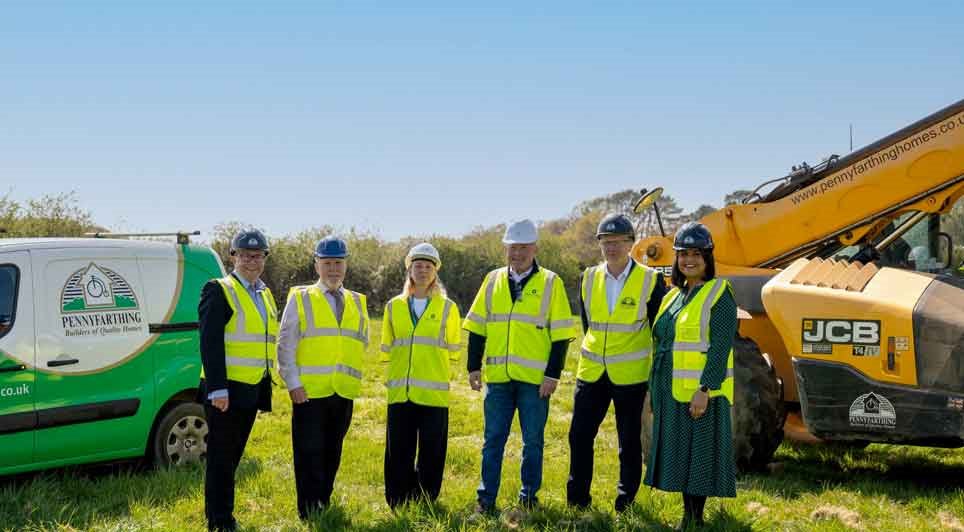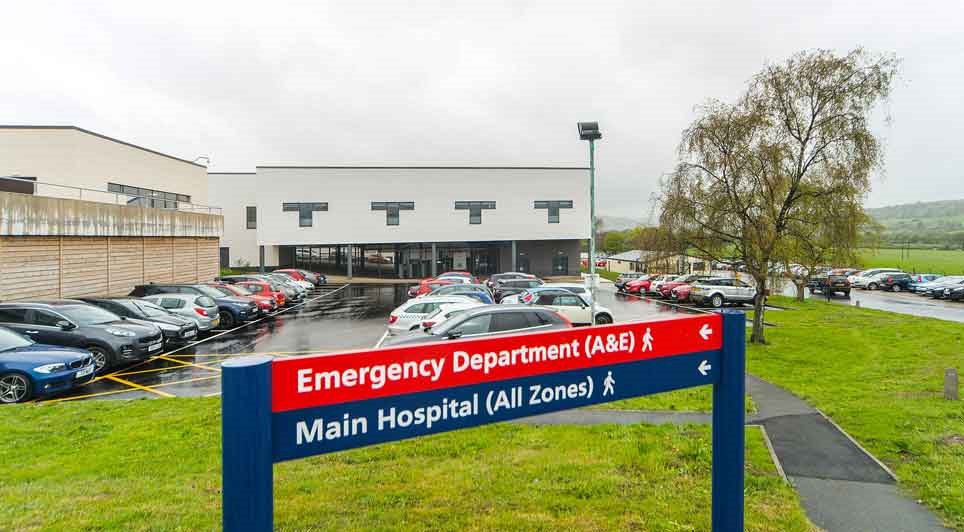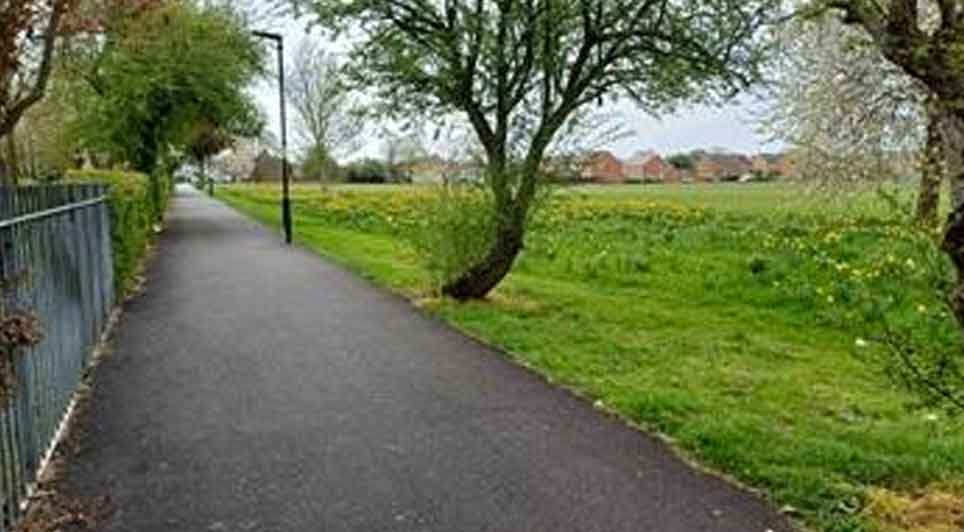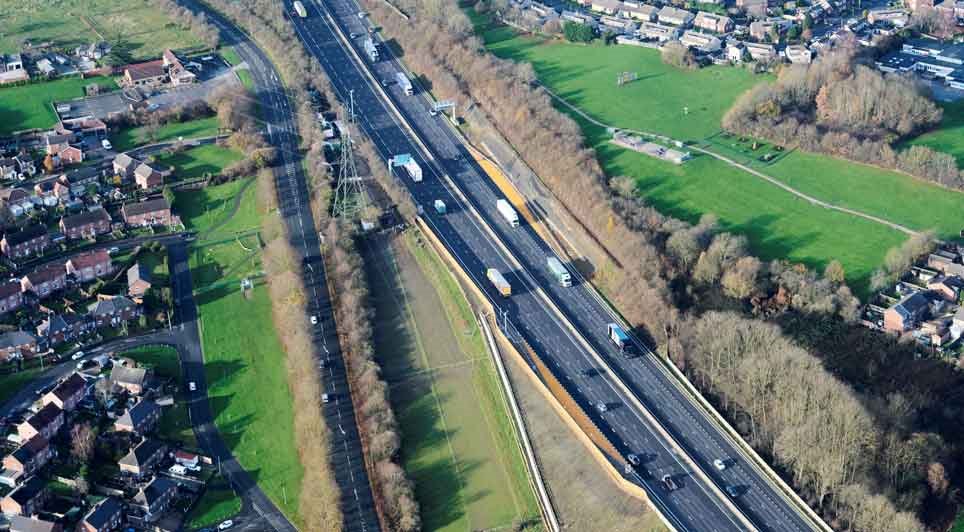Laboratory tests currently used to check the fire safety of building materials have been described as "utterly inadequate", by the Fire Protection Association (FPA).
The FPA was commissioned by the Association of British Insurers (ABI) to carry out a series of carefully controlled experiments recreating more realistic building conditions than those in which the standard tests are done, in an effort to measure what difference these factors could make in the event of a fire.
The real-life factors overlooked by the official testing regime include:
• Test fires which are only made up of wood. In modern blazes, around 20% of the materials involved are plastic.
• Cladding materials are sometimes tested as a sealed unit, whereas when fitted on a building they often include gaps, and cover a far more extensive area.
• Materials tested will be in manufacturer condition, but during their actual use will often be pierced by things such as vents or ducts.
In its submission to the Hackitt review, the ABI called for an end to the use of all but non-combustible materials in construction, and a reformed testing regime that replicates real world conditions to provide genuine evidence of how materials perform in a fire. The results of these latest tests all reinforce the importance of urgent reform.
Huw Evans, Director General of the ABI, said: "Dame Judith Hackitt's important work post-Grenfell has already recognised the building control system is broken. This latest research is yet more evidence that fundamental reform is needed to keep our homes and commercial premises safe from fire. It is a matter of urgency that we create the right testing regime that properly replicates real world conditions and keeps pace with building innovation and modern design."
Tests conducted by the FPA include:
THE ISSUE: Test fires are only made up of wood. In modern blazes, around 20% of the materials involved are plastic.
Test 1: Two fires were created with the same energy content, one purely built out of wood, the other containing 20% plastic.
The results: The flames created by the fire containing plastic had a flame length around 1 metre longer than the wooden fire; the temperatures involved were 100 degrees hotter and still increasing when the plastic-containing fire had to be extinguished because it was exceeding lab safety conditions.
The implications: As well as the ability of the fire containing plastic to spread faster and create higher temperatures, building materials such as aluminium lose a lot of their strength at higher temperatures. A lot of cladding, including that used on Grenfell Tower, is made up of aluminium composite panels.
THE ISSUE: Cladding materials can be tested as a sealed unit, whereas when fitted on a building they often include gaps, and cover a far more extensive area.
Test 2: Fires were started at the bottom of three columns. One had no cladding or cover at all, the second had cladding fitted to create a void but with sealed edges and ends, the third was clad with a void, leaky sides and some ventilation at the top and bottom.
The results: Fire climbed 1.5 metres up the open face before burning out and self-extinguishing; the sealed cladding unit also saw fire climb a similar distance before it ran out of oxygen and self-extinguished; the unit where the cladding had gaps rapidly caught fire up the entire 6 metre height of the testing column.
The implications: The availability of oxygen makes a massive difference to how materials respond to fire. In well-ventilated voids, such as behind some cladding systems, the rate at which fire spreads can be greatly increased by a chimney effect. Any tests which restrict the availability of oxygen in a way that doesn't happen on a full scale building will not be able to correctly assess how the materials will behave in practice.
THE ISSUE: Materials tested will be in manufacturer condition, but during their actual use will often be pierced by things such as vents or ducts
Test 3: A section of wall and cladding was set up with a plastic vent installed – a common feature - and a fire started beneath the structure.
The results: Temperatures inside the vent indicated it was providing an almost instantaneous route for fire directly into the void between the wall and cladding, long before the time it would take fire to break through the outside cladding panels.
Implications: Fire safety, particularly in high rise buildings, often relies upon assumptions about how long it will take fire to penetrate certain areas of the building. The presence of fittings such as vents can make a big difference to how materials perform and how a fire will spread, and needs to be realistically modelled in testing.
Further tests examining the real-life performance of cavity barriers and the differences made by materials being unrealistically strengthened during the testing process were also carried out and are detailed in the full report.
This research has been provided in full to the Dame Judith Hackitt review into building regulations and fire safety, established in the wake of the devastating Grenfell Tower blaze.
Jonathan O'Neill, Managing Director of the Fire Protection Association said: "The results of this important research confirm long-held concerns by many in the fire sector that the current cladding test standard requires urgent review to ensure that systems that pass are reflective of the systems that are installed and of the risks to which they are exposed. We urge BSI (British Standards Institution) to urgently reconvene the group responsible for this standard to consider the results of this research and to make changes to the standard as required."
(MH)
Construction News
25/04/2018
Fire Safety Lab Tests 'Utterly Inadequate' - FPA


17/04/2025
Our welfare unit hire division offers innovative ecowelfare units ready to be delivered nationwide and available in a range of configurations to accommodate 7, 12, or 15 persons with our most popular unit being our 12ft model fitted with advanced solar panels means there is no noise or vibrations f

16/04/2025
Pennyfarthing Homes has officially broken ground at Danes Park in New Milton, launching construction on a significant new residential development that will deliver 164 homes.
To mark the milestone, directors from Pennyfarthing Homes welcomed Councillor Steve Davies, Portfolio Holder for Housing and
16/04/2025
GMI Construction Group is celebrating the official opening of Dakota Newcastle, the North East's first Dakota Hotel, situated on Newcastle's Quayside.
The 118-room luxury boutique hotel, located at St Anne's Wharf, has welcomed its first guests and is poised to become a major addition to the region

16/04/2025
Gleeds has been named project manager for the billion-pound redevelopment of Airedale General Hospital in Keighley, West Yorkshire on behalf of Airedale NHS Foundation Trust.
The award-winning trust employs over 3,000 people and provides acute, elective, specialist and community care for a populat

16/04/2025
Morgan Sindall Construction has marked the official opening of a new Special Educational Needs and Disabilities (SEND) teaching block and a specialist hydrotherapy pool at Philip Southcote School in Addlestone, in a celebration attended by students, families and local officials.
The event brought t

16/04/2025
Bedford Borough Council has successfully completed a footpath refurbishment programme across several of its parks and open spaces.
The initiative, funded by the UK Shared Prosperity Fund (UKSPF), targeted key parks across the borough following a detailed review that identified areas in need of repa

16/04/2025
Wates Fit Out has announced the appointment of Phoebe Wood as Senior Business Development Manager, where she will lead the team's business development efforts and support the growth of new opportunities across the commercial fit-out sector.
With close to three years of experience in the built envir

16/04/2025
United Living has announced the appointment of Claire Kershaw as Chief Executive Officer of United Living Property Services.
With over two decades of experience in the social housing sector, Claire brings a wealth of knowledge in property maintenance, refurbishment, and regeneration. Her career inc

16/04/2025
Sempra Homes, the housing subsidiary of Basildon Council, is preparing to launch its latest 100% affordable housing development at Bowers Close on London Road in Pitsea, Essex.
The new development will deliver 31 high-quality homes aimed at increasing access to affordable housing for local residen

15/04/2025
Costain, working as part of the SMP Alliance, has completed the construction of 41 new emergency areas on the M1 motorway between junctions 28 and 35A, delivering the project ahead of schedule.
The newly installed emergency areas span a 32-mile stretch of motorway running from Derbyshire to South Y
 UK
UK Ireland
Ireland Scotland
Scotland London
London











